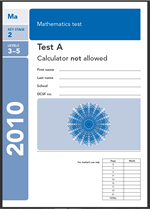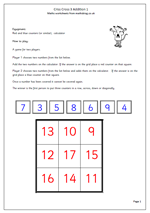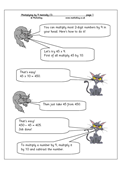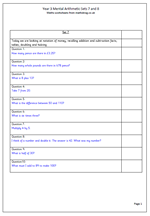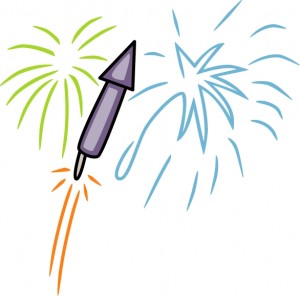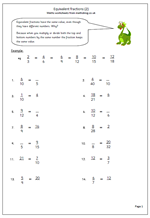This is the first of a series which will look more closely at the KS2 Maths SAT papers for 2010. Taking one or two questions at a time I will show suggested methods for answering and what is accepted as an answer. This should build into a very useful resource over the following weeks.
If you are looking for much more on the KS 2 Maths SAT papers and an excellent revision programme then I would highly recommend:
The first question on Paper A looks at a series of five amounts of money, one shown in pence, the rest as pounds, which has to be put in order, smallest amount first.
Suggested method:
The best way to do this type of question is to search for the lowest possible amount, which is £0.27 (or 27p) and place this in the answer, at the same time as putting a thin line through that amount on the question sheet. This then eliminates this amount, making the others easier to see.
The second question is all about adding 2-digit numbers and rounding. The key is to carry out an ordered trial and error approach to this question. Starting with one number add it to each of the others in turn and see if the rounded result is 60.
Questions 1 and 2 from SATS test 2010 Paper A
